Tether
Jute Museum
A harmonious narrative, seamlessly integrating past and present, cultural sensitivity, and the celebration of Bangladesh’s rich jute heritage—a living testament to the enduring spirit of unity.

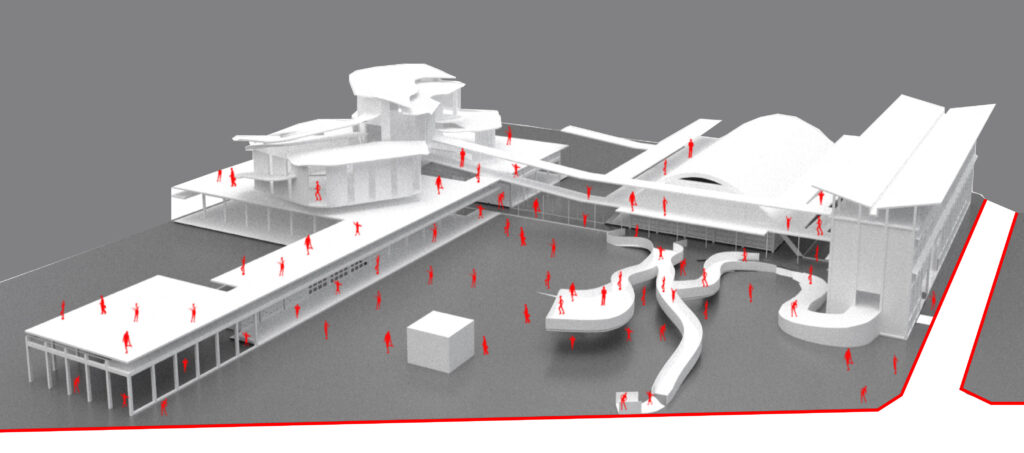
Project Overview:
Timeline: May 2018 – September 2018
Academic Studio: 3rd Year Undergraduate
Course Tutor: Ms. Aida Hassan
Type of Project: Jute Museum (Complex Form & Function)
Location: Teacher-Student Center, Dhaka University, Dhaka
Land Area: 3.7 acres / 161172 sqft (with permanent existing structures)
Software Used: Rhino 6, Illustrator, Photoshop, Lumion 10
Design Development
The design development revolves around the creation of new datums at different elevation levels. This approach is a deliberate effort to respect and preserve the original building blocks and lush vegetation while introducing contemporary elements. By intertwining the new with the old, the design aims to establish a dialogue between the past and present.
Landscape Integration and Form Development
The design seamlessly integrates with the surrounding landscape, offering visitors a unique spatial experience. Curved exterior walls respond dynamically to functional requirements, providing insights into the spatial relationships within the complex. The architecture unfolds both horizontally and vertically, mirroring the interconnected nature of human instincts and visual perception.
Site and Cultural Context
Situated within the culturally rich TSC complex, the Jute Museum project is conceived with deep reverence for the historical significance of its surroundings.
A revered gathering place, the TSC complex symbolizes unity and stands as a testament to the collective spirit of a community that has weathered hardships.
The design endeavors to seamlessly integrate the Jute Museum, respecting the emotional tapestry of the site.
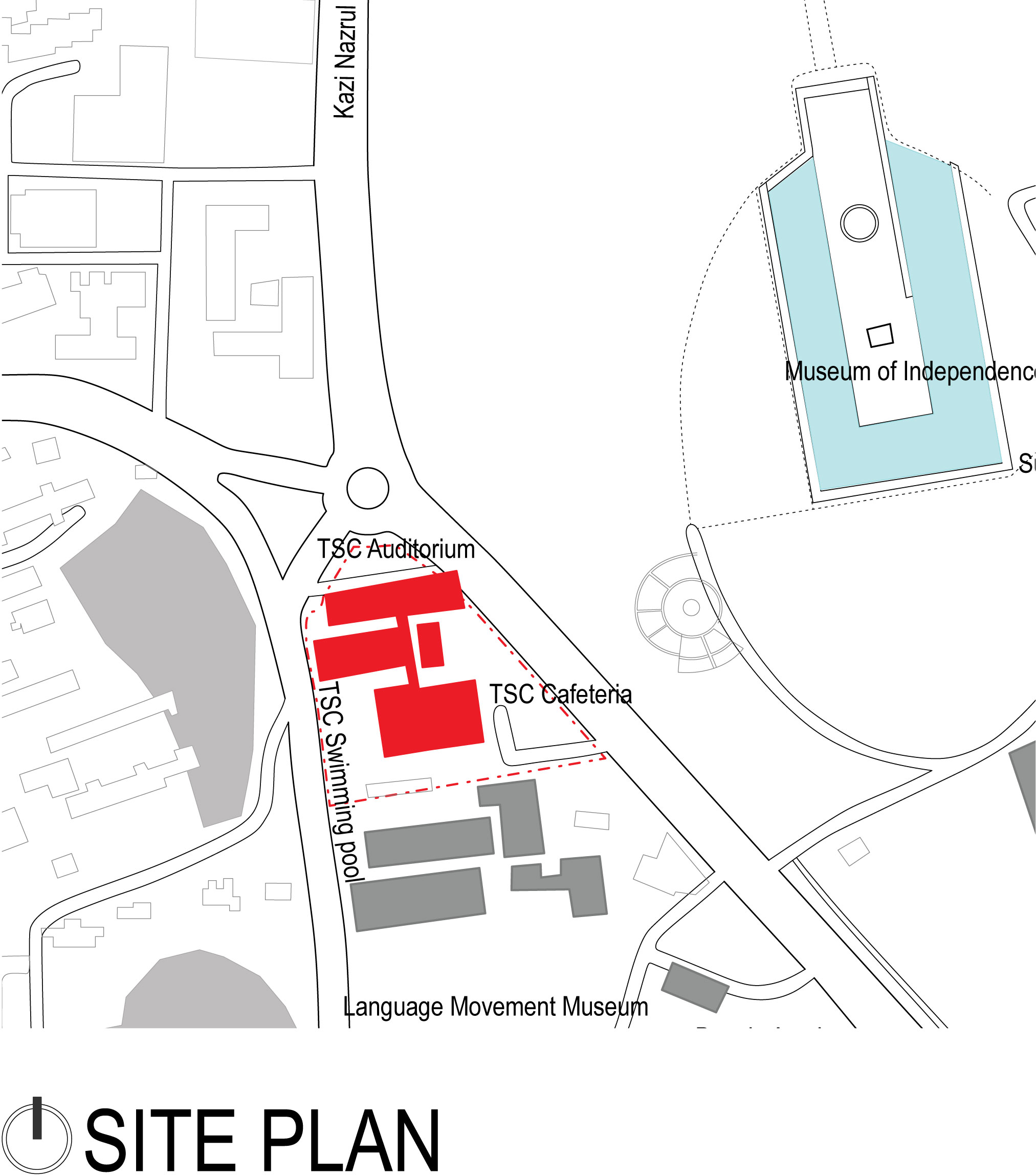
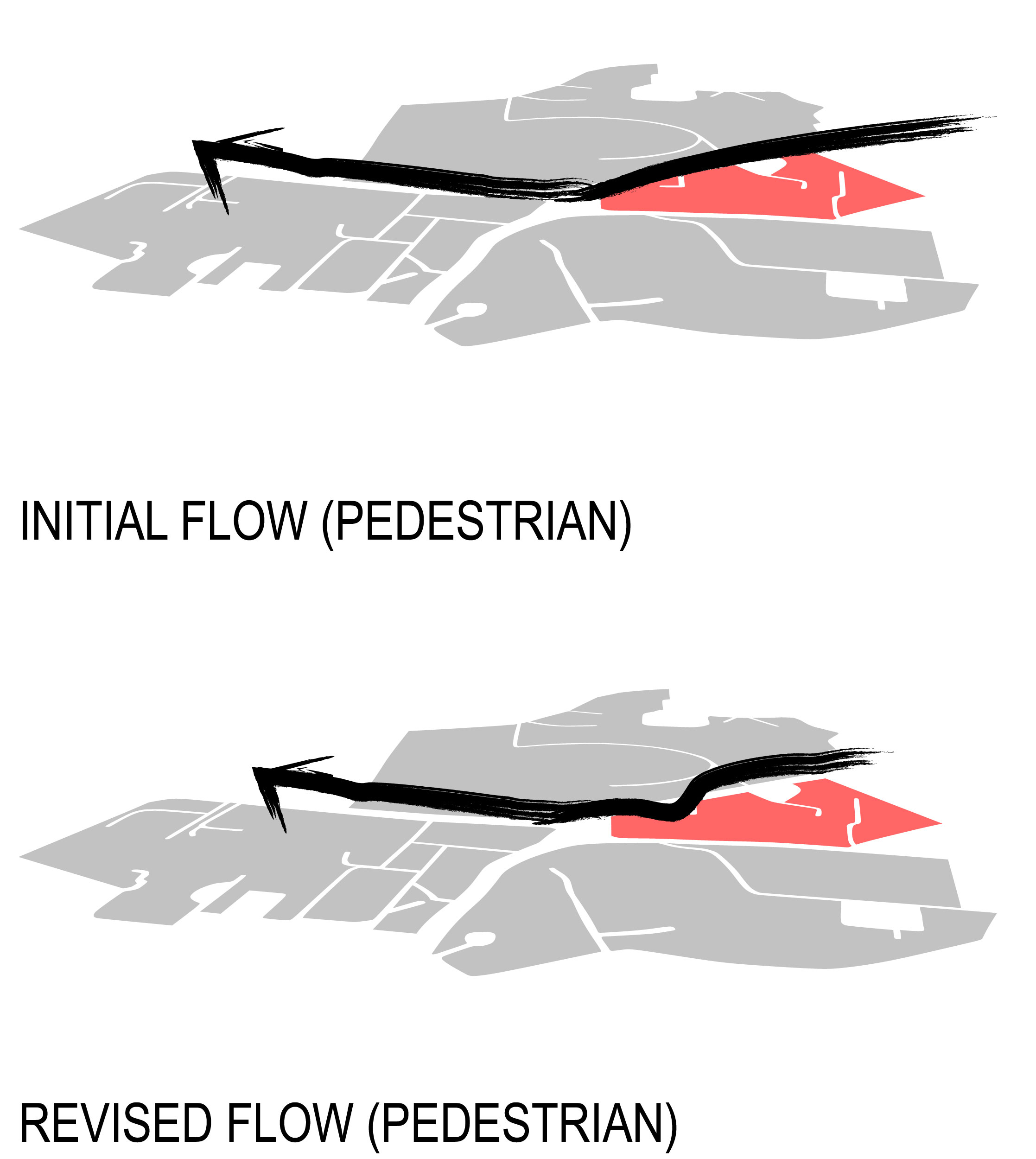







Jute Museum Concept and Inspiration
At the core of the project lies the Jute Museum, a space dedicated to rediscovering the significance of jute and its versatile applications. Inspired by the unique shapes of jute products, the design incorporates curvy ramps that connect different datums. This intentional interweaving mirrors the intricate nature of jute, fostering a thematic relevance that extends beyond the physical exhibits.
The Jute Museum within the TSC complex is not merely a structure; it’s a narrative carefully woven into the cultural fabric of the site. By seamlessly integrating historical preservation, cultural sensitivity, and a celebration of Bangladesh’s rich jute heritage, the design becomes a living testament to the enduring spirit of the community.
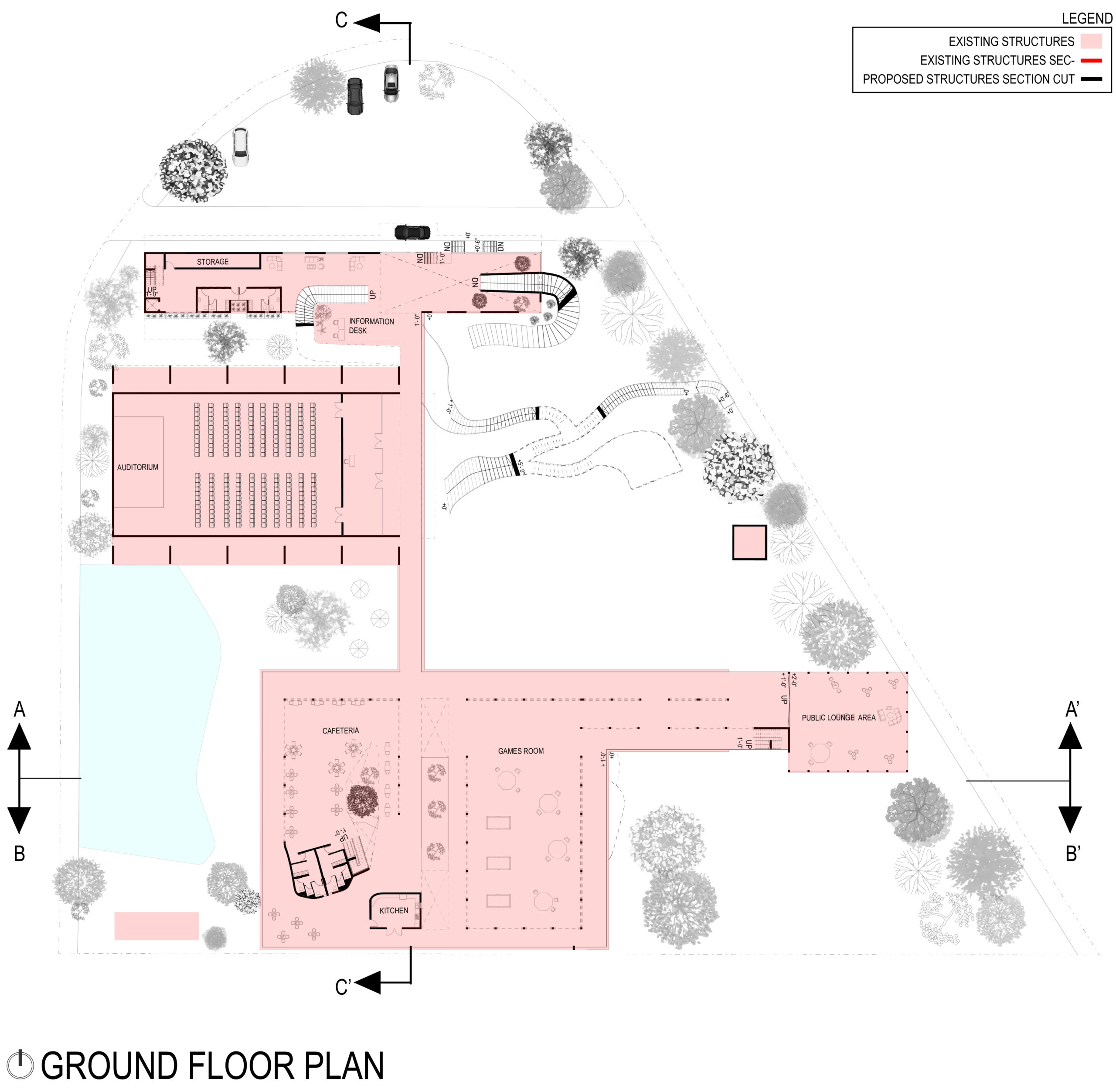
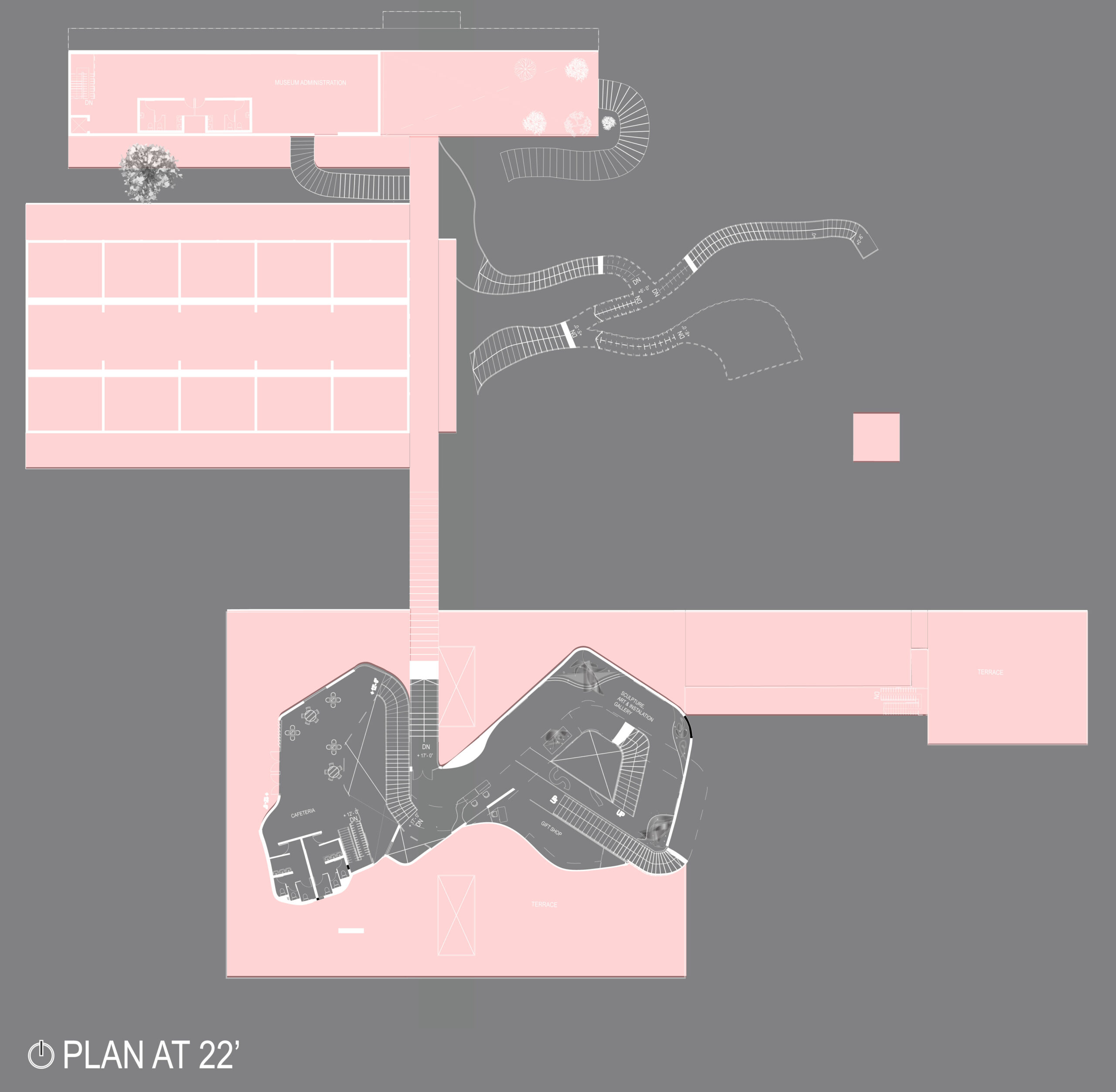
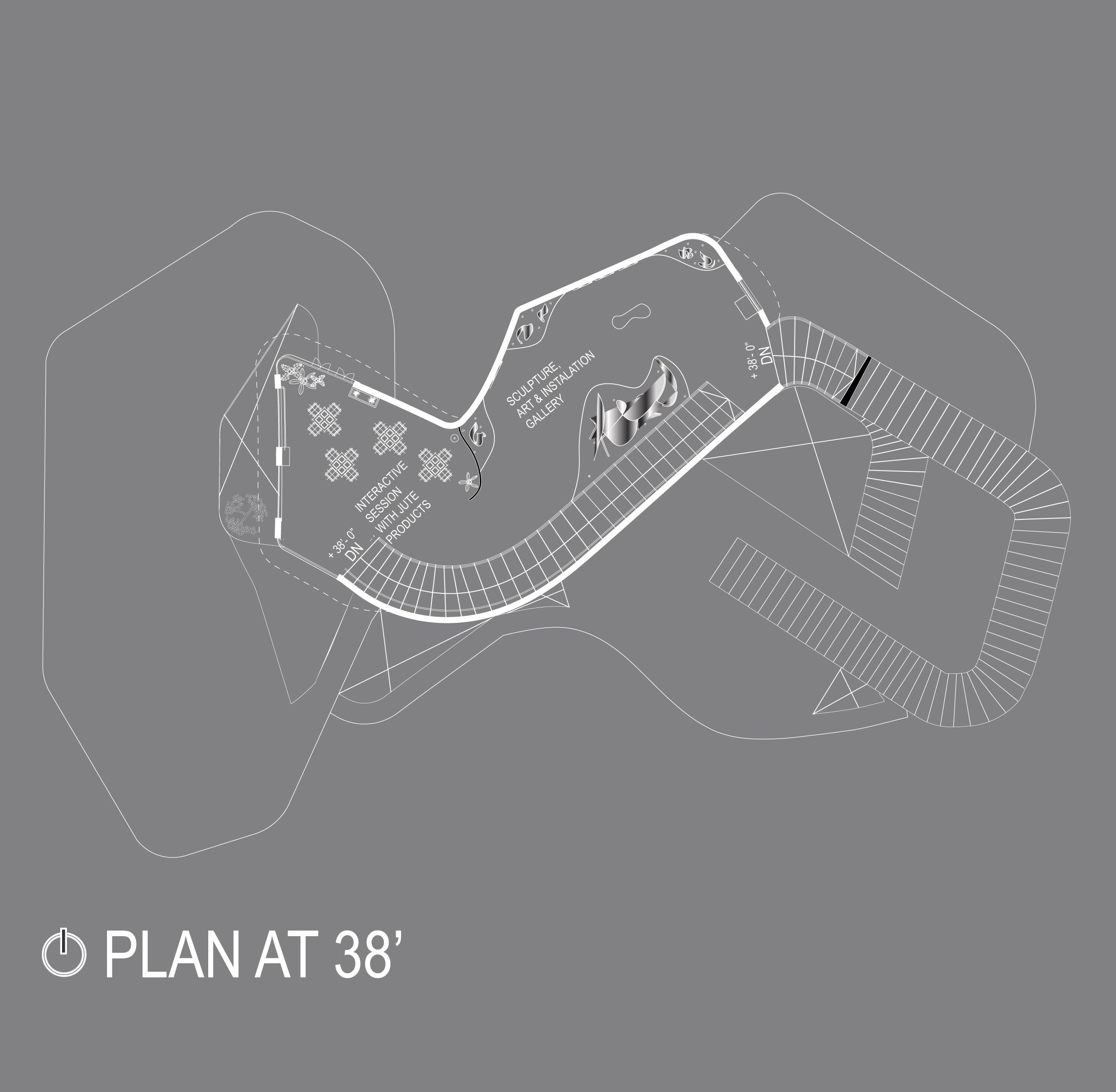
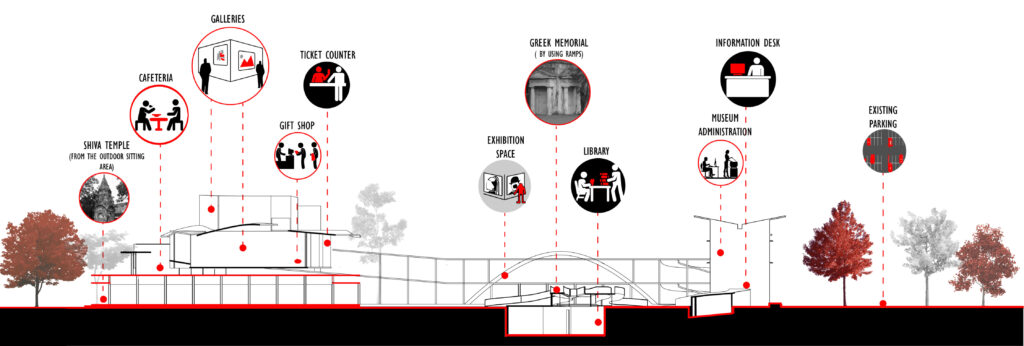
Fluidity in Galleries
Galleries within the Jute Museum are conceived with a sense of fluidity, dispelling the notion of isolated spaces. The interconnected design, facilitated by ramps and well-thought-out spaces, fosters a seamless transition from one gallery to another. This intentional design choice enhances the visitor’s perception of continuity, ensuring each gallery is a unique facet of a cohesive whole.
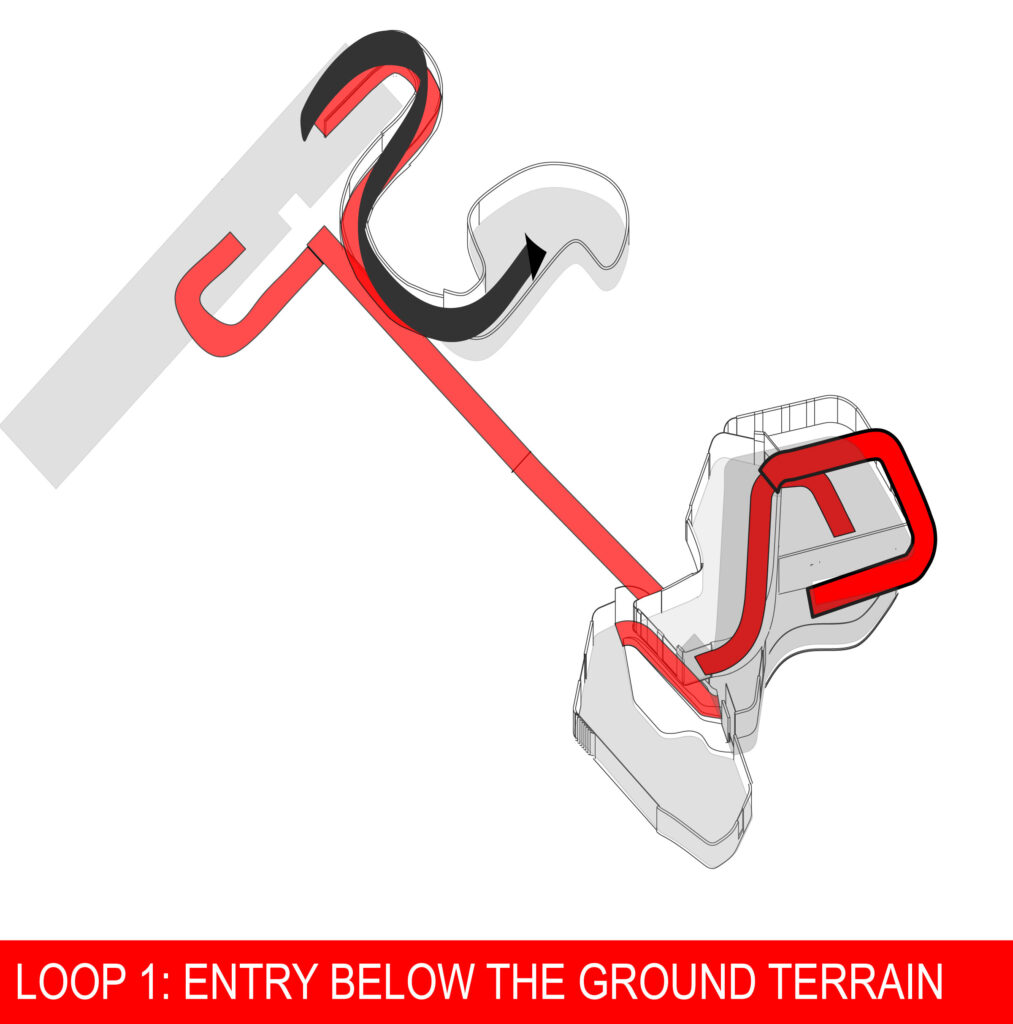


Circulation and Ceilings
The project prioritizes fluid and instinctual circulation. Ramps, a key feature, guide visitors through the museum, creating an immersive experience. The flowy ceilings are strategically oriented in a certain direction, to not only add to the visual appeal but also act as navigational aids, directing attention toward the main galleries.
Cultural Significance and Historical Preservation
Respecting the deep-rooted emotions associated with the TSC complex, the design consciously preserves original elements while introducing new datums. This harmonious blend pays homage to historical struggles and triumphs, serving as a reminder of unity. The Jute Museum, therefore, becomes not only a repository of artifacts but a living symbol of cultural continuity.


